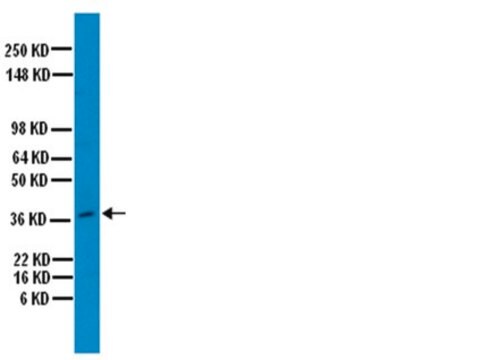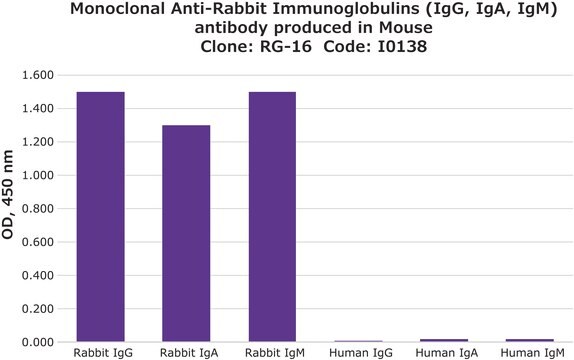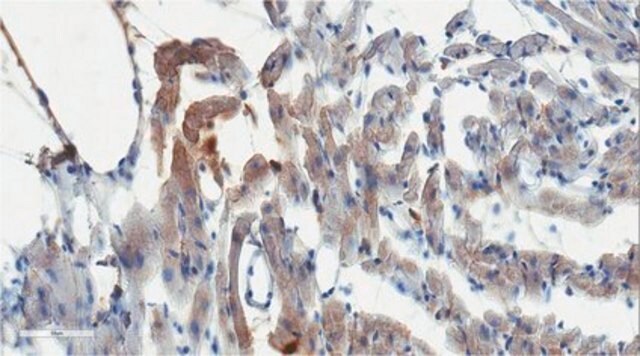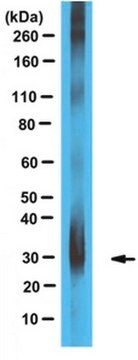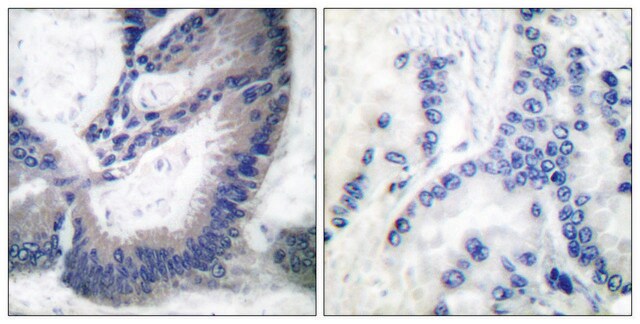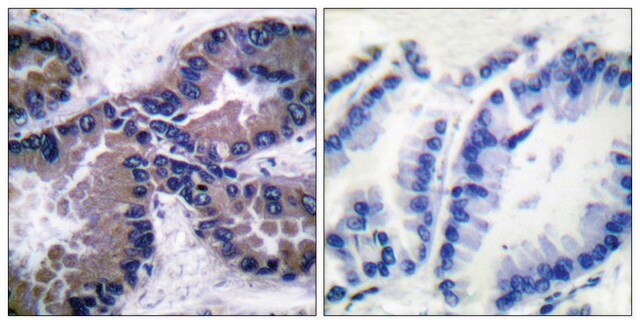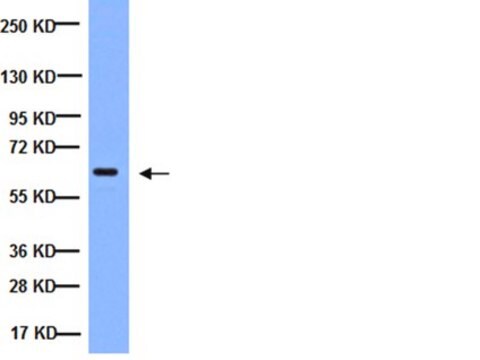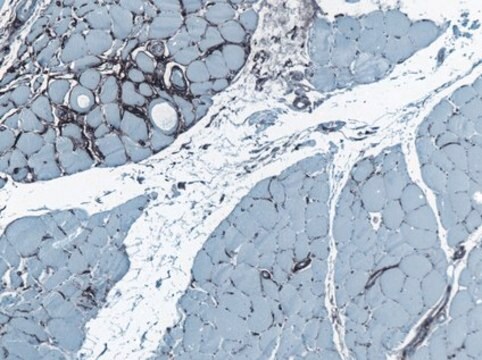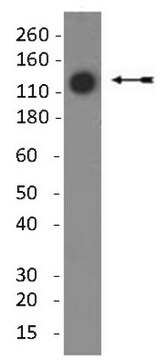詳細
Lipoprotein lipase (EC 3.1.1.34; UniProt P06858; also known as LPL) is encoded by the LPL gene (Gene ID 280843) in bovine species. Lipoprotein lipase (LPL) catalyzes the hydrolysis of triglycerides in plasma lipoproteins. LPL is produced by adipocytes and myocytes and secreted into the interstitial spaces, where it is bound by GPIHBP1 (a glycosylphosphatidylinositol-anchored protein of capillary endothelial cells) and shuttled to the luminal face of capillaries. The GPIHBP1 LPL complex is crucial for the binding of triglyceride-rich lipoproteins (TRLs) to endothelial cells and the subsequent lipolytic processing of TRLs. TRLs bind only the LPL-GPIHBP1 complex, but not GPIHBP1 alone, on the cell surface. A deficiency of either protein results in severe hypertriglyceridemia (chylomicronemia) and impaired delivery of lipid nutrients to parenchymal cells. Enzymatically active LPL appears to be a non-covalently linked homodimer with a head-to-tail subunit orientation that rapidly dissociates into inactive monomers. However, evidence for enzymatically active monomeric human LPL has also been presented. LPL is produced with a signal peptide sequence (a.a. 1-27), the removal of which yields the mature 448-amino acid (a.a. 28-475) enzyme containing a PLAT (Polycystin-1, Lipoxygenase, Alpha-Toxin) domain (a.a. 341-464) and a heparin-binding domain (a.a. 346-441).
特異性
Clone 5D2 specifically reacts with LPL, but not the highly homologous hepatic lipase (HL) (Peterson, J., et al. (1992). J. Lipid Res. 33(8):1165-1170).
免疫原
Purified bovine milk LPL.
アプリケーション
Research Category
細胞シグナル伝達
Detect Lipoprotein lipase using this mouse monoclonal Anti-Lipoprotein Lipase, clone 5D2 Antibody, Cat. No. MABS1350, validated for use in Dot Blot, ELISA, Flow Cytometry, Immunocytochemistry, Immunohistochemistry (Paraffin), Immunoprecipitation, Inhibition assay, and Western Blotting.
品質
Evaluated by Immunohistochemistry in human placenta tissue.
Immunohistochemistry Analysis: A 1:50 dilution of this antibody detected lipoprotein lipase/LPL in human placenta tissue sections.
ターゲットの説明
50.55/53.38 kDa (bovine mature/proLPL) and 50.39/53.16 kDa (human mature/proLPL) calculated. ~56 kDa observed (Chang, S.F., et al. (1998). J. Lipid Res. 39(12):2350-2359; Peterson, J., et al. (1992). J. Lipid Res. 33(8):1165-1170).
物理的形状
Protein G purified.
Format: Purified
Purified mouse IgG1κ in buffer containing 0.1 M Tris-Glycine (pH 7.4), 150 mM NaCl with 0.05% sodium azide.
保管および安定性
Stable for 1 year at 2-8°C from date of receipt.
その他情報
Concentration: Please refer to lot specific datasheet.
免責事項
Unless otherwise stated in our catalog or other company documentation accompanying the product(s), our products are intended for research use only and are not to be used for any other purpose, which includes but is not limited to, unauthorized commercial uses, in vitro diagnostic uses, ex vivo or in vivo therapeutic uses or any type of consumption or application to humans or animals.

